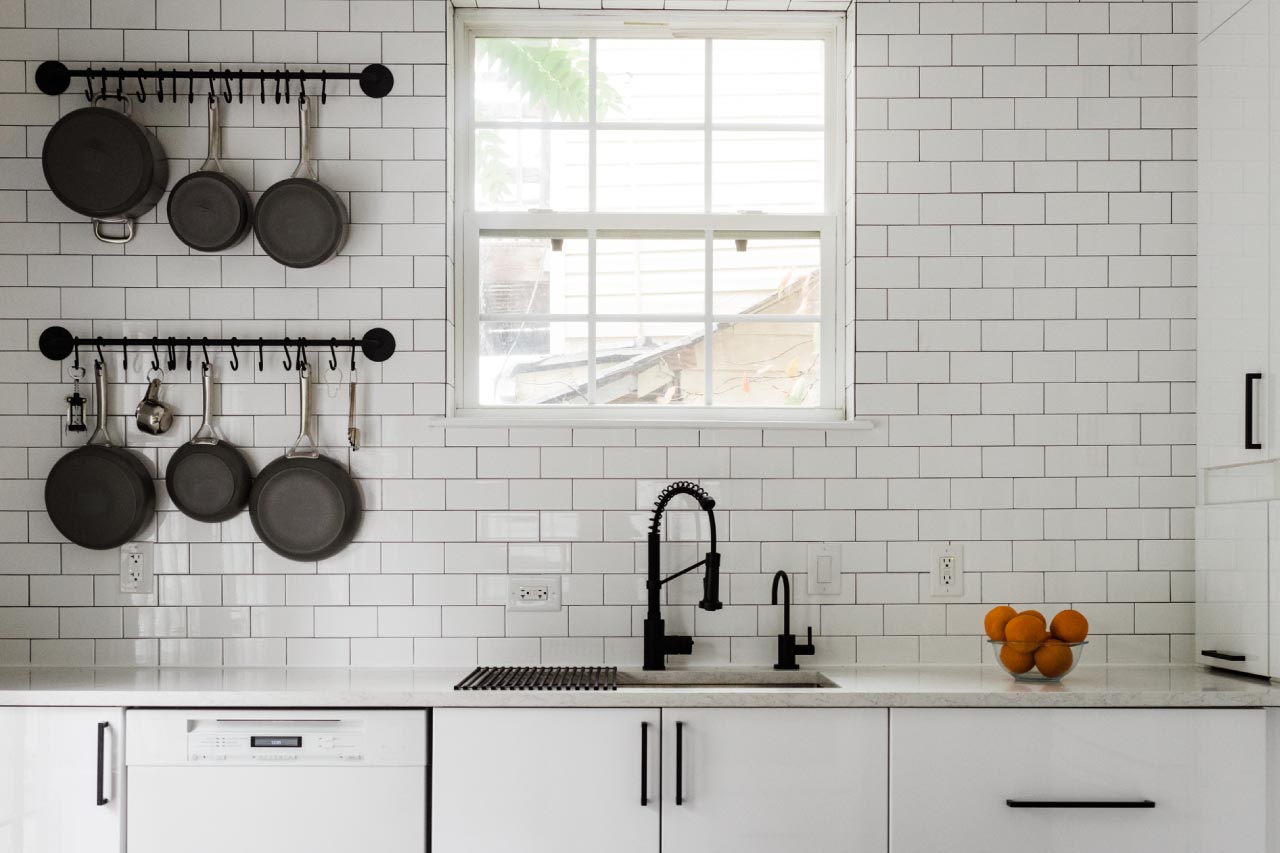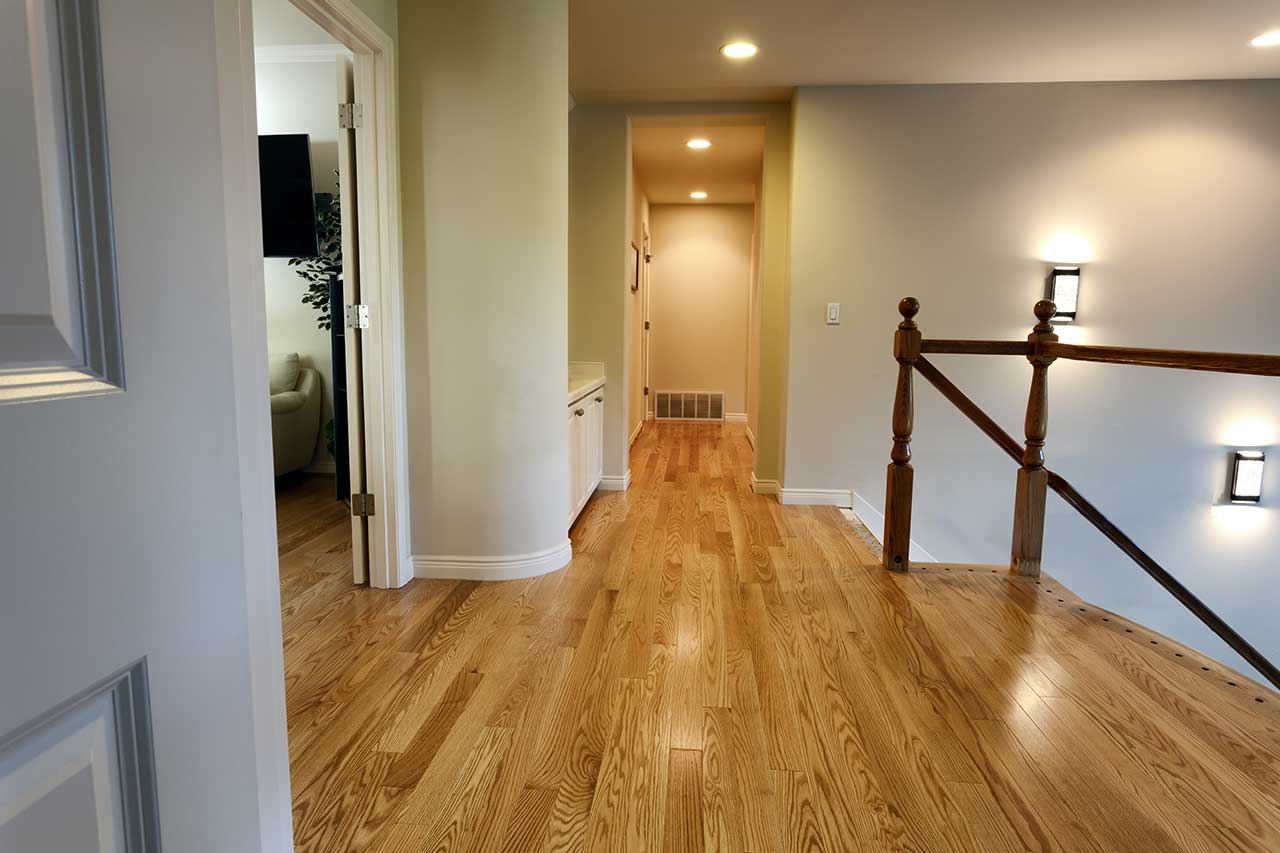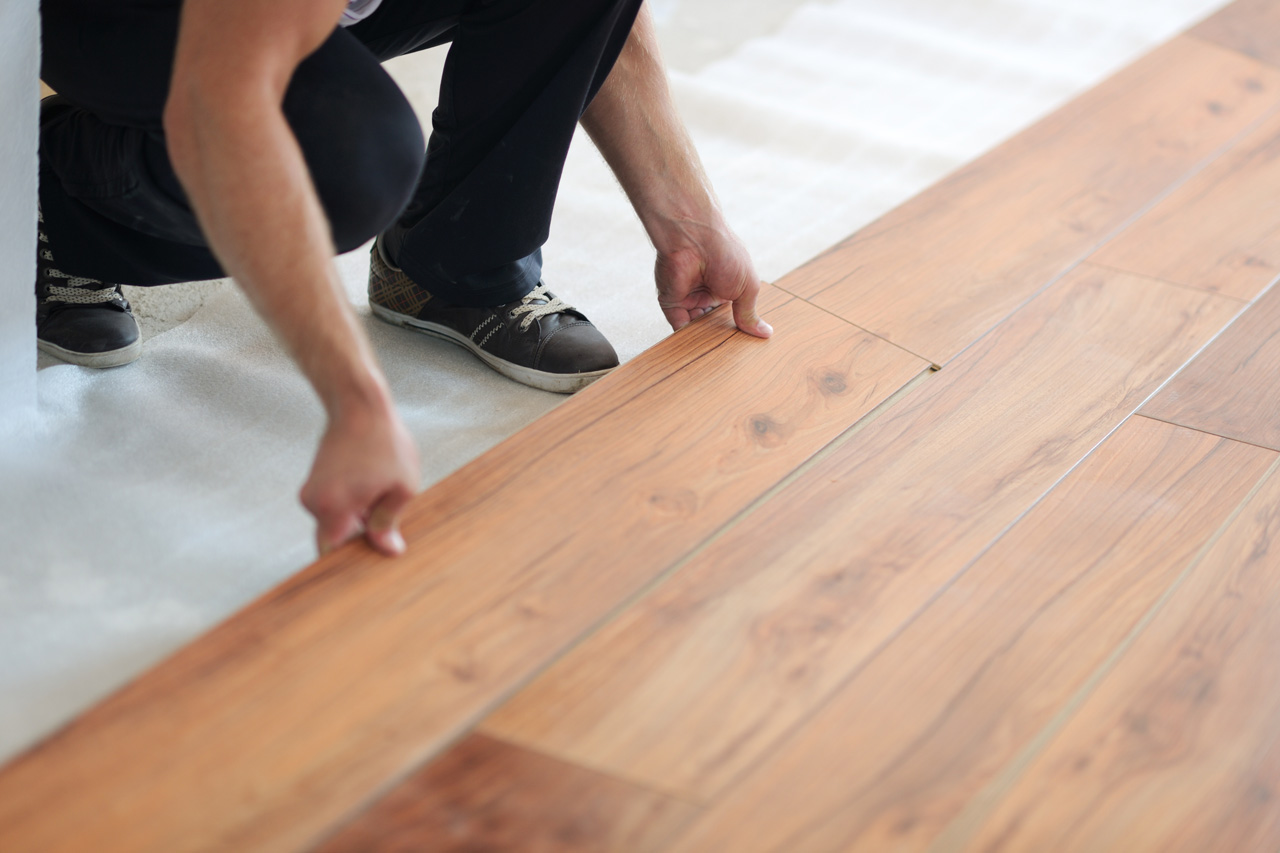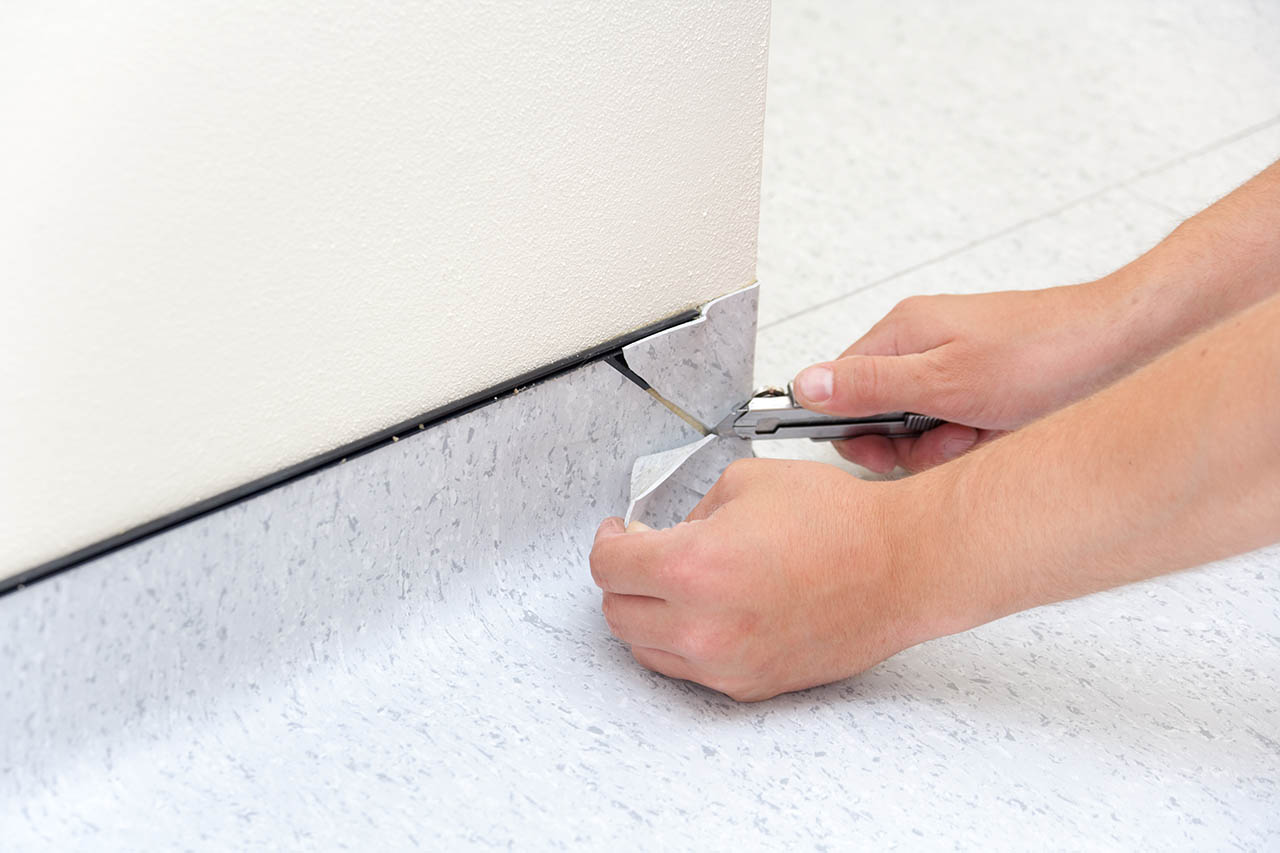Common Issues by Type & Material
The type of foundation you have will narrow your repair options and can play a part in determining cost. Basements, for example, will require more extensive excavation than concrete slabs. Homes with crawl spaces or pier and beam structures will likely be easier to access and repair.
Concrete Slab
Settling slabs can usually be fixed through mudjacking and sealing. However, you might need a different type of supporting structure. Slabs work best in environments where the soil doesn't shift much. A structural engineer or soil specialist may recommend a deeper, more secure foundation. If you need a new one built, you'll be paying to have the house raised and the slab removed.
Crawl Space
These may settle, bow and crack. If moisture is causing significant deterioration under your home, a professional may insulate and ventilate the area. If the supports are shifting in the soil and causing the house to sink, you can install adjustable joists in their place to accommodate soil change and level the structure.
Cinder Block and Brick
Cracking and leaking are major issues and can eventually lead to bowing. Cracks run vertically, horizontally, or in steps along their joints. Horizontal cracks can be devastating for home stability. They will need to be filled, and drainage issues will need to be addressed. It is important to stabilize the foundation as soon as possible, using carbon fiber or steel reinforcements, as suggested by your contractor.
Basement
With a basement, you are likely to see the highest repair costs and the greatest variety of issues. Basements can sink, settle, crack, leak and bow. Often, one of these problems will quickly lead to another, if you don't fix it fast enough. In most cases, you will need to improve waterproofing, which could require extensive excavation to get to the exterior. You will also have more surface area to seal. If a wall or walls are bowing, you may have to pay for reinforcements as well.
Pier and Beam
Pier and beam issues are most often due to wood decay and settling, which signals shifting soil or moisture issues. To combat this issue you may need to adapt your current drainage system through grading or the installation of a new drain system. If indicated, you may find that the cost of installing a sump pump is worth it. You’ll also likely need to replace your beams with steel or add more piers to the underpinning system.
Structural Reports
If you have foundation issues, it is worth the extra foundation inspection report fees, ranging from $350 to $725 to address the problem. An engineer has no vested interest in selling you a solution to your problem, so you are more likely to get an unbiased opinion.
If you consult a repair professional, they may want to sell you the method that is easy for them or a high-dollar fix rather than what is right for you. It is better to go to a pro with your structural report in hand and ask them the cost of doing the necessary repair.






















